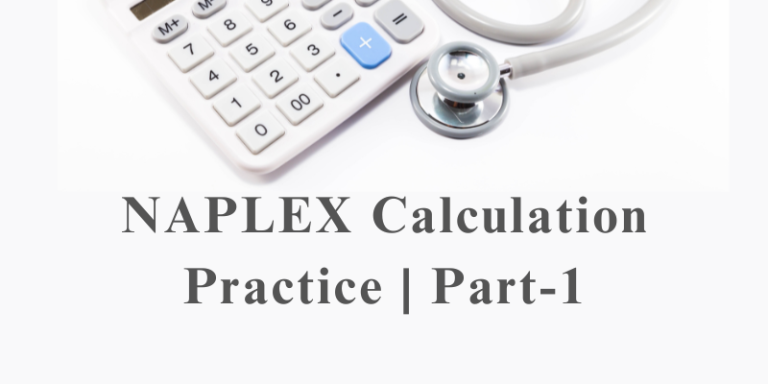NAPLEX Calculation Practice (Part-2)
The North American Pharmacist Licensure Examination (NAPLEX) includes a variety of question types, including calculations, which are a critical component of the exam.
Here we design a NAPLEX calculation practice test containing 25 MCQs on NAPLEX Calculation. By practicing this quiz test, you’ll be well-prepared for the calculation portion of the NAPLEX.
Read also:



